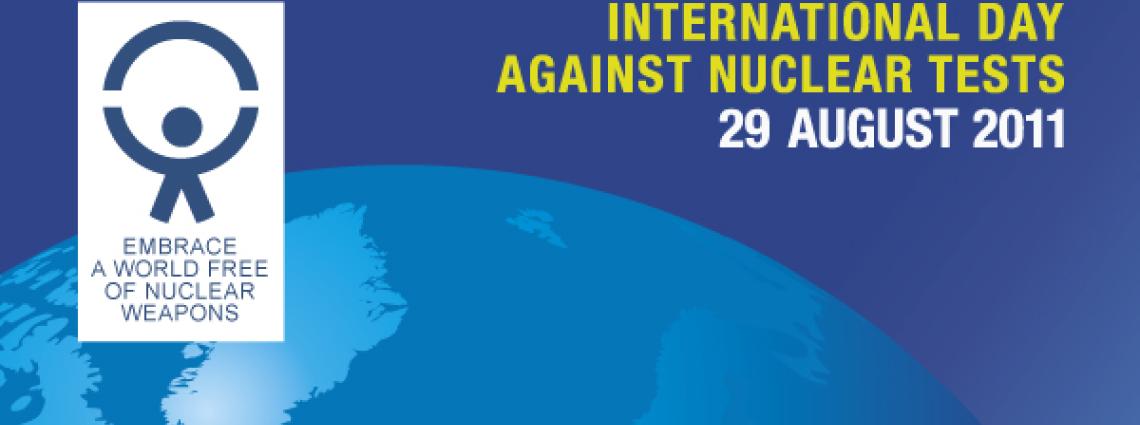International Day against Nuclear Tests
29 August 2011
29 August 2011
Background
On 2 December 2009, the 64th session of the United Nations General Assembly declared 29 August as International Day against Nuclear Tests by unanimously adopting resolution 64/35.
The International Day against Nuclear Tests (see also website of the United Nations Office for Disarmament Affairs) aims to galvanize the United Nations, its Member States, intergovernmental and non-governmental organizations, academic institutions, youth networks and the media against nuclear testing. The day highlights the importance of banning nuclear tests as a valuable step towards achieving a safer world.
The Comprehensive Nuclear-Test-Ban Treaty (CTBT) is the instrument to achieve this. While the CTBT has been signed by 182 and ratified by 154 of them (see map), it needs to be ratified by all 44 States identified as nuclear technology holders to enter into force. Of these, nine have yet to deposit their instrument of ratification: China, the Democratic People's Republic of Korea, Egypt, India, Indonesia, Iran, Israel, Pakistan and the United States.
Click for event website.
The day was observed for the first time in 2010. This second year coincides with the 20th anniversary of the closure of the Semipalatinsk test site.
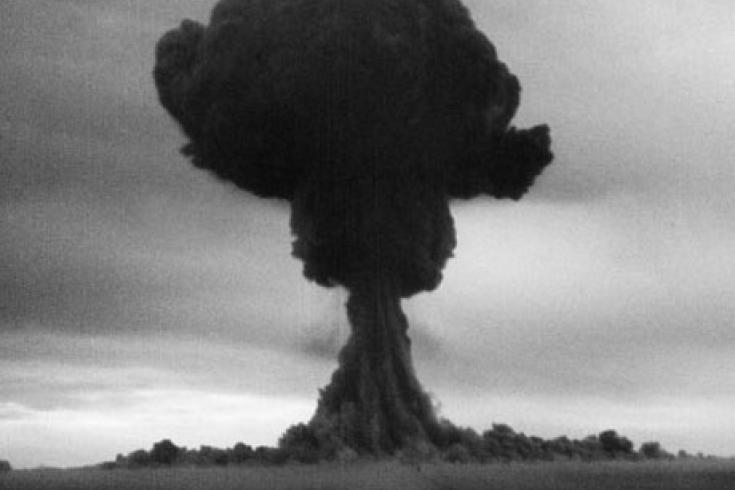
RDS-1, the first of 456 Soviet nuclear tests at Semipalatinsk.
Event: Informal Meeting of the UN General Assembly
On Friday, 2 September 2011, the UN General Assembly held an informal meeting to mark the International Day against Nuclear Testing and the 20th anniversary of the closure of the Semipalatinsk nuclear test site. CTBTO Spokesperson Annika Thunborg addressed the meeting. See UN press release here. Read a summary and find a link to a video of the full session on UN Webcast here.
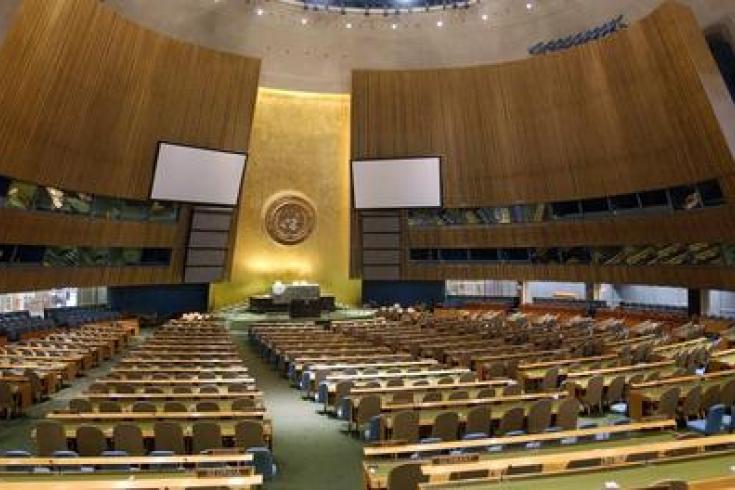
UN Photo/Sophia Paris
Event: High Level Workshop
On Thursday 1 September 2011, the Permanent Mission of Kazakhstan to the UN in New York and the East-West-Institute co-hosted the high-level workshop "From here to 2015: Meeting the targets of the NPT Action Plan" in New York. The four main speakers were the UN High Representative for Disarmament Affairs Sergio Duarte, Ambassador of the Philippines, Libran Cabactulan (statement), who chaired 2010 Nuclear Non-Proliferation Treaty Review Conference, U.S. Deputy Assistant Secretary of State Marcie Ries (statement) and CTBTO's Annika Thunborg. The panel will be chaired by Greg Austin, Vice President of the East-West Institute. For details see Flyer here (PDF).
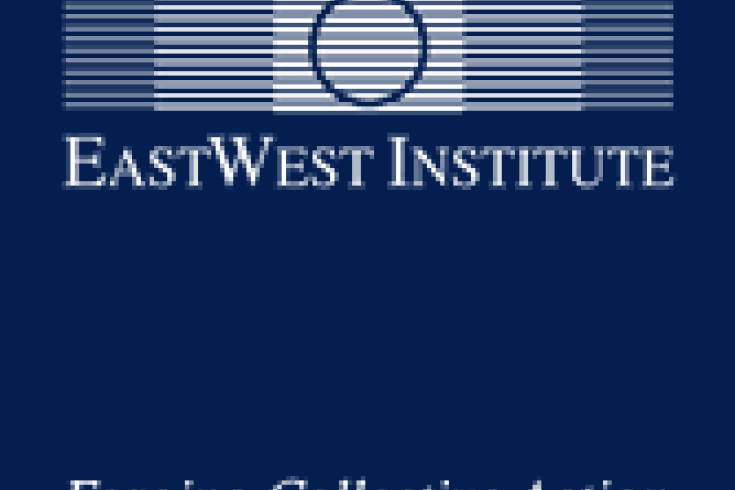
Event: Round table discussion in Las Vegas
On 1 September 2011, the Embassy of Kazakhstan, the Atomic Testing Museum and the NGO Global Green co-organized in Las Vegas, United States, the round table discussion "Two Decades without Nuclear Weapons Testing". Speakers included the Kazakh Ambassadors to the United States and to UNESCO, U.S. Members of Congress, the Mayor of Las Vegas, Ms. Carolyn Goodman, and experts on nuclear and environmental issues. For details see here (PDF).
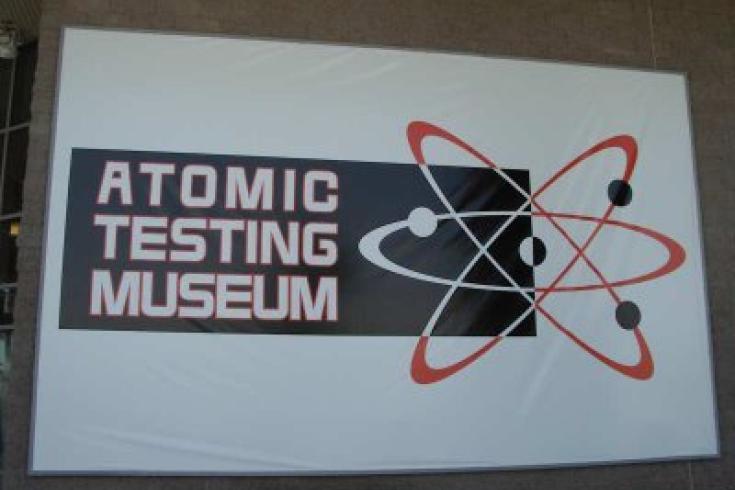
Semipalatinsk today
Despite the closure of the Semipalatinsk testing site on 29 August 1991, the region's residents are still affected by four decades of nuclear testing. The Government of Kazakhstan is undertaking efforts to gradually restore the site, and has decided to allow the international community to use it in their efforts towards achieving nuclear disarmament. The country made the former test site available for a three-week on-site inspection exercise organized by the CTBTO, the Integrated Field Exercise (IFE08).
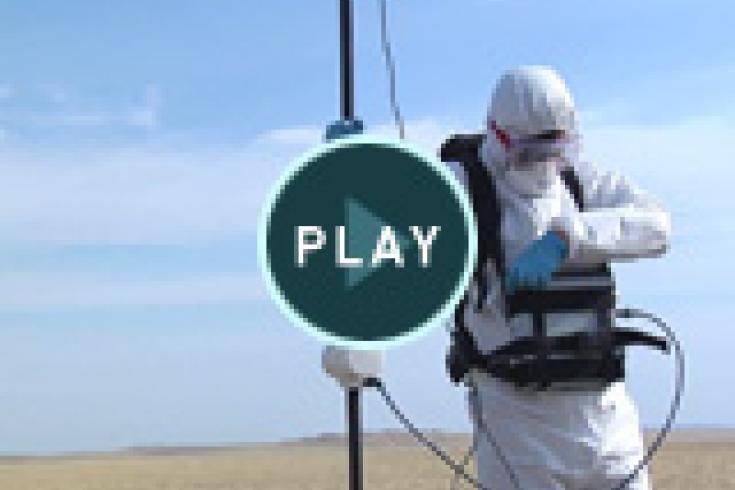
Impressions from the on-site inspection exercise in Kazakhstan
5 Sep 2011
